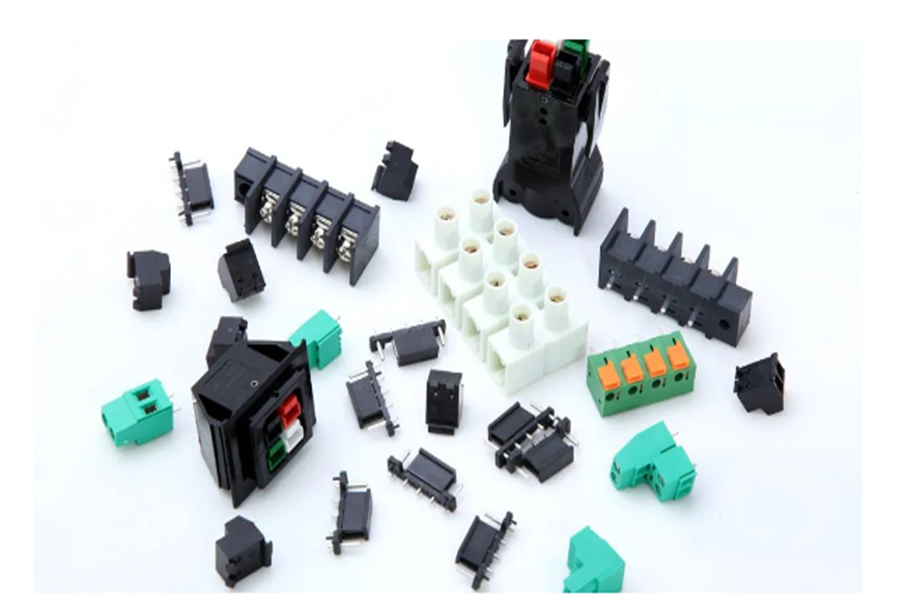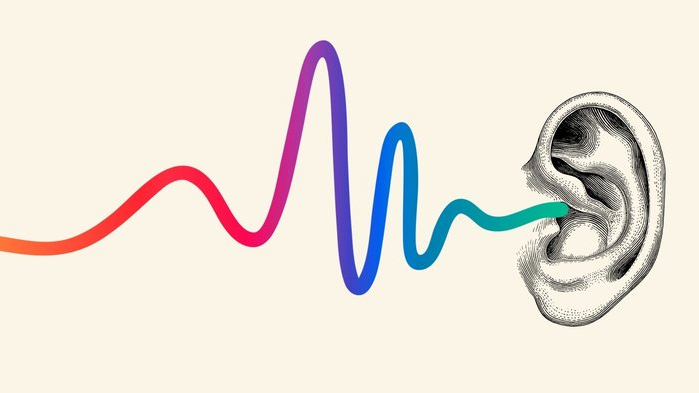
Experts tell us that otosclerosis, also known as otosclerosis, is a primary lesion of the bone labyrinth, named after the localized cavernous new bone foci formed in the bone labyrinth. The age of onset is more common in 20-40. Occasionally in children, more women than men, the incidence rate in Europe and America is higher. Foreign statistics 50% has a family history.
The clinical manifestations of otosclerosis are in four aspects:
1, the initial symptoms of progressive hearing loss, more than post-pubertal onset, female patients with increased hearing loss during pregnancy or lactation, but also significant impairment in trauma, emotional trauma and acute illness.
2, 80% of patients have tinnitus, tinnitus and hearing loss occur simultaneously, or before it occurs, deafness is intermittent or continuous.
3, a small number of patients have vertigo, and more due to lesions invading the semicircular canal and vestibule.
4, Weber’s wrong hearing in patients with Wechsler’s otolective ear disease is more pronounced than other conductive sputum. Once the lesion invades the cochlea, Webster’s wrong hearing disappears.
Experts describe surgical methods for treating otosclerosis
1, incision and sacral sacral surgery.
2, exposed tympanic and humeral sacral surgery.
3, the resection of the foot plate to accurately measure the distance between the anvil bone and the humerus foot plate, as the basis for the length of the piston artificial tibia. Use a sharp triangular needle to enter through the humeral arch, touch the foot plate, gently rotate, after piercing the foot plate, use a right angle foot knife to close the edge of the foot plate to remove part of the foot plate, expand the window For 0.5mm×0.5mm, if there is overflow of the lymphatic fluid, a small cotton ball larger than the window can be placed on the window surface, and the lymph fluid is sucked out by the thin suction tube, and the tendon and the arch of the foot are cut with the tibia.
4, install the artificial humerus with a small crocodile forceps to put the steel wire hook of the piston type post behind the anvil bone, the end of the small column is placed beside the foot plate window, and the lower end of the small column is pushed into the window with a micro hook, and then used. The set of clamps clamps the wire hook so that it does not break away from the anvil, but it is not too tight. The wire hook should be as close as possible to the bean.
5, if the window is broken or dislocated, the whole tibia should be taken out. At this time, the oval window is all open. If the piston is replaced by a piston, it will cause long-term external lymphatic leakage. Therefore, the stainless steel wire should be used instead. Membrane padding surgery, the specific method is to use a special gauge plate to make a stainless steel wire fascia pad. Fix the wire hook on the long incus of the anvil, and take the fascia on the oval window and its surroundings (do not put too many fascia into the window to avoid severe dizziness.
6, check for bleeding or left small cotton pads.
7, flap, tympanic membrane reduction and sacral sacral surgery.
Jinghao medical hearing aid reminder: hearing aids need to be professionally “fitted”, it is very important to choose a professional hearing aid fitting center and hearing aid fittings! All patients and friends have any hearing problems can call the Jinghao medical consultation, or personally Come to the fitting center experience. Hearing aid free consultation phone: +86-752-2299187
You can also email us: Jinghao14@jinghao.cc for more information you want to know.
The article comes from the Internet. If there is any infringement, please contact service@jhhearingaids.com to delete it.






